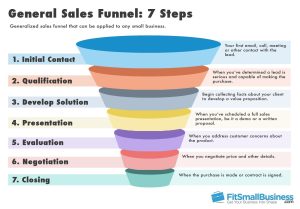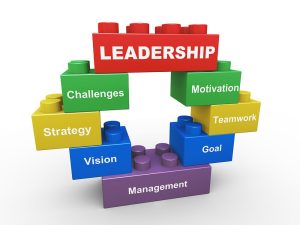
In today’s digital landscape, having a well-defined content marketing strategy is essential for businesses to stay competitive and attract their target audience. A content marketing strategy not only helps in establishing brand authority but also generates leads, increases customer engagement, and boosts overall business growth. In this article, we will delve into the key steps to develop an effective content marketing strategy for your business.
1. Define Your Objectives and Target Audience
Before diving into creating content, it’s crucial to identify your business objectives and your target audience. What do you want to achieve through content marketing? Are you looking to increase brand awareness, generate leads, or drive more sales? Understanding your objectives will provide direction for your content efforts.
Additionally, defining your target audience is essential for crafting personalized and targeted content. Conduct thorough market research to identify your audience demographics, interests, pain points, and preferences. This knowledge will allow you to tailor your content to their specific needs and grab their attention.
2. Conduct a Content Audit
Before developing new content, it’s vital to assess your existing content assets. Conduct a content audit to analyze your current content’s performance, identify gaps, and determine what type of content resonates with your audience the most.
Look at your website, blog, social media platforms, and any other channels you use to distribute content. Evaluate metrics such as engagement, shares, and conversions to understand which types of content are driving the most success. Based on these insights, you can refine your content strategy and focus on creating more of what works.
3. Establish Key Performance Indicators (KPIs)
After identifying your business objectives, it’s important to establish key performance indicators (KPIs) to measure the success of your content marketing efforts. KPIs can include metrics like website traffic, conversion rates, social media engagement, email subscriptions, or any other relevant data.
By setting clear and measurable goals, you will be able to track your progress and make informed decisions to optimize your content strategy. Regularly analyze your KPIs and make adjustments as needed to ensure you are on track to achieve your goals.
4. Create High-Quality, Relevant Content
With your objectives, target audience, and content audit insights in mind, it’s time to create high-quality and relevant content that resonates with your audience. Your content should provide value, solve problems, and establish your brand as a trusted authority.
Consider using a mix of content formats such as blog posts, videos, infographics, case studies, eBooks, podcasts, and more. Each format serves different purposes and caters to various audience preferences. Experiment with different content types to see what works best for your target audience.
Remember to always optimize your content for search engines by incorporating relevant keywords and providing descriptive meta tags. This will help improve your visibility in search engine results and drive organic traffic to your website.
5. Tailor Content Distribution Channels
Once you have created valuable content, it’s vital to distribute it across different channels to reach your target audience effectively. Consider the platforms your audience frequents, such as social media, industry forums, or email newsletters, and tailor your content distribution accordingly.
Engage with your audience by sharing your content on social media platforms, repurposing content for different channels, and collaborating with relevant influencers or industry experts. Building relationships and consistently delivering valuable content will help expand your reach and build a loyal following.
6. Analyze and Refine
Regularly monitor and analyze the performance of your content marketing efforts. Use analytics tools to track metrics, such as website traffic, click-through rates, and conversion rates, to evaluate the effectiveness of your content strategy.
Identify what content types, topics, and distribution channels yield the best results. Adjust your strategy accordingly, focusing on creating more of what resonates with your audience and enhancing your outreach on high-performing channels.
Conclusion
A well-developed content marketing strategy can significantly impact your business’s growth and success. By defining your objectives, understanding your target audience, conducting a content audit, setting KPIs, creating valuable content, tailoring distribution channels, and analyzing performance, you can build an effective content marketing strategy that drives results. Always remember to stay consistent, adapt to market trends, and listen to your audience’s feedback to continuously refine and enhance your content marketing efforts.

